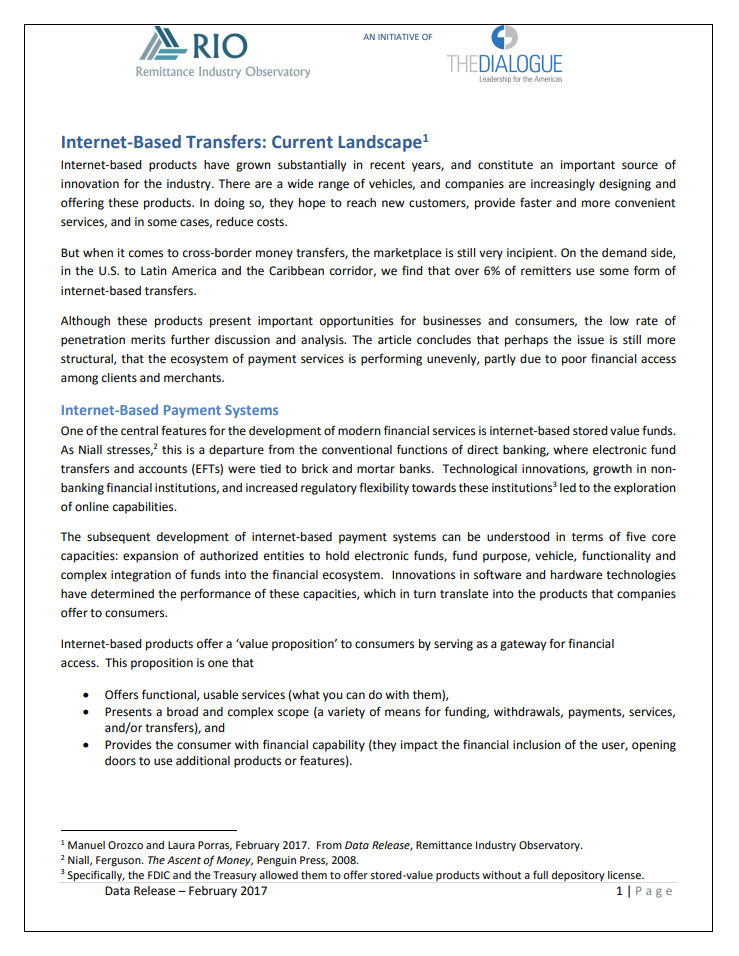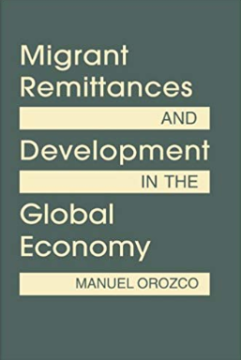The Earthquake’s Impact on Remittances
The earthquake in Haiti has exacerbated an existing distress during the international recession and increased uncertainty of what to do and how to help.
Internet-based products have grown substantially in recent years, and constitute an important source of innovation for the remittance industry. There are a wide range of vehicles, and companies are increasingly designing and offering these products. In doing so, they hope to reach new customers, provide faster and more convenient services, and in some cases, reduce costs.
But when it comes to cross-border money transfers, the marketplace is still very incipient. On the demand side, in the U.S. to Latin America and the Caribbean corridor, we find that over 6% of remitters use some form of internet-based transfers.
Although these products present important opportunities for businesses and consumers, the low rate of penetration merits further discussion and analysis. The article concludes that perhaps the issue is still more structural, that the ecosystem of payment services is performing unevenly, partly due to poor financial access among clients and merchants.
The earthquake in Haiti has exacerbated an existing distress during the international recession and increased uncertainty of what to do and how to help.
When Yoani Sánchez started blogging, she probably did not anticipate the worldwide impact that her portrayal of life in Havana would have.
How do patterns of migration and remittances differ across regions? What kinds of frameworks support the contributions of remittances to local development?

